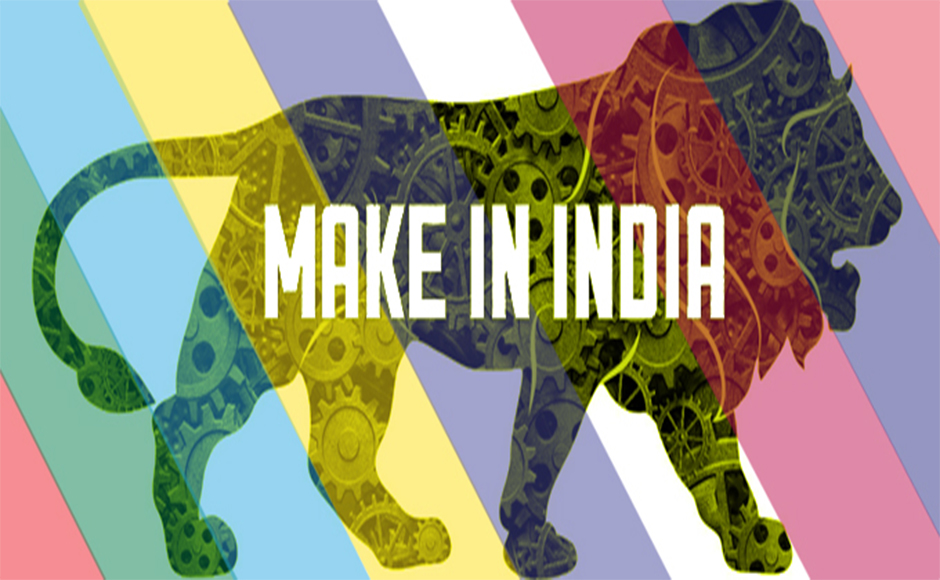
Prime Minister Narendra Modi will focus on entire new industries, Ventures and opportunities to expand the more non-inflationary sustainable economic growth of 8 percent GDP and directed his policy makers to formulate a framework. India is not following China to compete with consumer electronics but create a hub for new industries like LED lighting, small cars, solar technology, medical appliances. Modi’s “Make in India vision ” is the future for young India, World’s third largest economy after US 18.2 percent and China of global manufactured products, after the collapse in economic growth to less than 5 per cent in the final years of Congress Government.
In a very rare move Modi had enlisted help of one of the best technocratic politician Jayant Sinha, an alumnus of IIT and Harvard Business School, who had entered politics quitting a flourishing career at McKinsey Partner, as a venture capitalist, investment fund manager and management consultant, son of former finance minister Yashwant Sinha, was appointed as a junior minister for finance last Sunday, both father and son getting charge of the same portfolio. According to Jayant Sinha ” We are trying to build out India’s productive capacity there by creating millions of jobs boosted by confidence in the economic recovery and achieve sustainable growth . I believe the diversity in economy is critical and a strong manufacturing sector is vital. Advanced manufacturing will not only change the way we produce products and build machines, it will change our workforce and the competitive landscape. Developing talent and leveraging innovation in this field, as well as bringing manufacturing back home, are critical components to strengthening the Indian economy.” Many college graduates should consider manufacturing and satisfaction gained from producing tangible products. The Future of Manufacturing report identified a number of factors that will shape the future of competition between countries and companies. Three areas rose to the top as the most critical: human capital and talent development; innovation and technology advancement; and strategic use of public policy emphasizing collaboration between policy-makers and business leaders. A report by the World Economic Forum (the Forum) in collaboration with Deloitte Touche Tohmatsu Limited (DTTL) that discusses the future of the manufacturing industry. The report, The Future of Manufacturing: Opportunities to Drive Economic Growth, explains that challenges in talent, innovation, infrastructure, and energy consumption are what countries and companies in the manufacturing industry must prepare to face in the coming years.
The Shifting Economics of Global Manufacturing – a research by Boston Consulting Group reveals changes in direct manufacturing costs among the world’s 25 largest goods-exporting nations since 2004. That research, released in April, found that several economies still often perceived as low-cost manufacturing nations—such as China, Brazil, Russia, and the Czech Republic—are no longer much cheaper than the U.S. In some cases, they are estimated to be even more expensive, according to the new BCG Global Manufacturing Cost-Competitiveness Index. The index also found that the competitiveness of historically high-cost nations, such as the U.S. and the UK, has significantly improved. “Improving the productivity of each worker is becoming an increasingly important factor in manufacturing competitiveness across the globe,” said Michael Zinser, a BCG partner . “This is especially true as the once-considerable wage gaps between developed and developing economies continue to shrink.”
British manufacturing expanded more slowly than expected in December after new orders from overseas clients failed to pick up, according to a survey published last week.
At the moment manufacturing in India make only 15 per cent, which Modi want to increase to 30 percent of Gross Domestic Product (GDP) and also in the process create 1 million jobs.

